Science & Islam
Science and Islam: Objects from the museum's collection
The spread of Islam stimulated the development of a wide range of science and technology founded upon a legacy from the ancient world.
These objects are examples of Islamic instruments from the museum's collection that provide insight into some achievements of Islamic science.
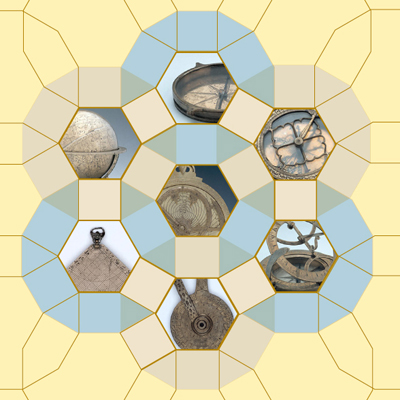
Run your cursor over the object images to see further details and links.
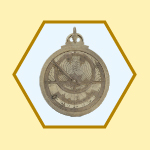
47632 - Astrolabe
Islam initially spread towards Syria and then Persia, and some of the earliest astrolabes came from these regions. This instrument probably dates from the late 9th century. The maker may have studied...
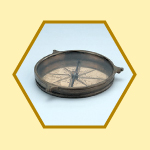
46929 - Compass
Many items were intended for trade as practical items, rather than for theoretical learning or prestige. This compass probably once formed part of a sundial and may have been made in Europe for the Eastern market....
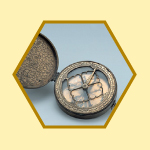
53791 - Qibla Indicator
This is another example of a qibla indicator, used for finding the direction of Mecca. The ornamental plate over the compass is engraved with the names of the four cardinal points and with a scale of...
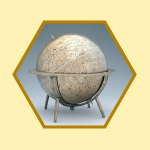
44790 - Celestial Globe
This globe shows a view of the stars from ‘outside’ the universe and was probably used for teaching purposes. The stars are represented by inlaid silver discs, their sizes corresponding...
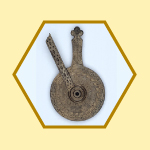
51565 - Nocturnal
The flow of learning was not entirely one-way; this instrument is an Islamic nocturnal based on European models. Around the edge of the back of the circular plate is engraved an ornamental inscription....
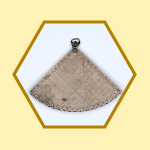
35285 - Persian Quadrant
Quadrants can be used for measuring the altitude of astronomical objects such as the stars, or for land-based surveying purposes. Like the astrolabe, quadrants were also used to solve problems of trigonometry....
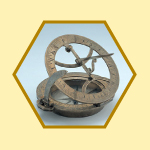
33518 - Inclining Dial
This instrument is similar to some European dials of the eighteenth century and may, like many watches of the period, have been made in Europe for the Persian or Turkish market. It is adjustable for...
Credits | Contact Us | Museum Home | Privacy | ©2006-2007 Museum of History of Sc§ience